16 Things That Defined a Truly American Childhood in the ’60s and ’70s
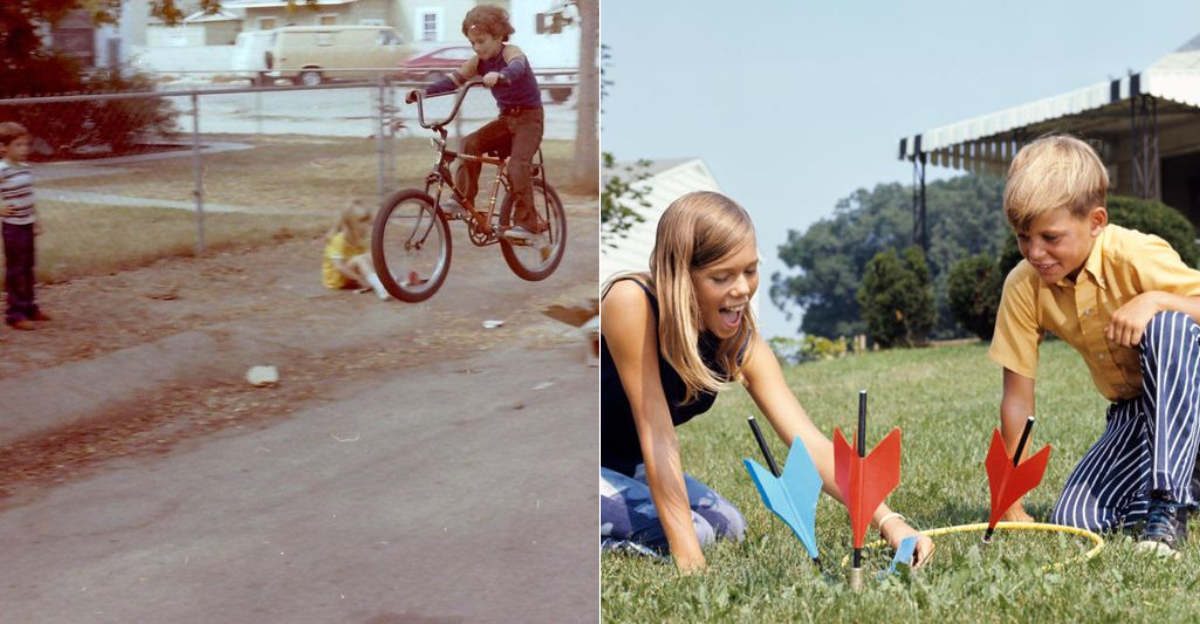
Growing up in America during the ’60s and ’70s was like living in a unique cultural bubble that shaped an entire generation.
From revolutionary music to groundbreaking technology and social movements, these decades created experiences that were distinctly American.
Let’s take a nostalgic journey back to the things that made childhood during this vibrant era so special.
1. Saturday Morning Cartoon Marathons
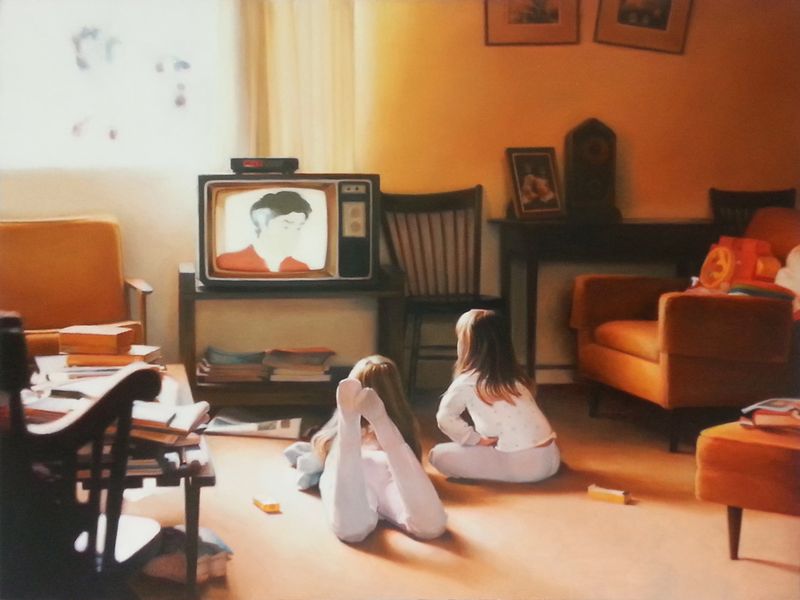
Kids nationwide synchronized their weekend schedules around animated adventures. Pajama-clad children would rush to the living room, pour oversized bowls of sugary cereal, and claim prime TV-watching positions before siblings arrived.
Parents enjoyed the babysitting break while youngsters absorbed hours of Looney Tunes, Scooby-Doo, and Superfriends. The collective experience created playground conversations on Monday mornings across America.
2. The Moon Landing Excitement
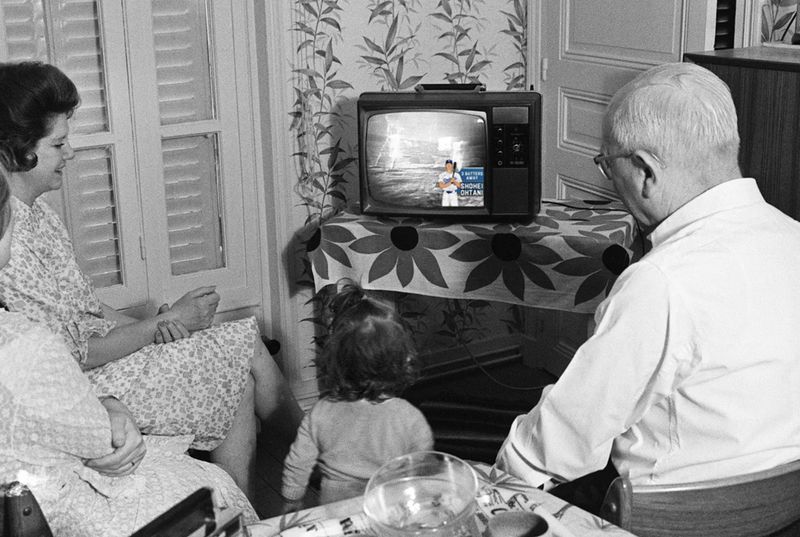
Nothing united Americans quite like watching Neil Armstrong’s lunar steps in 1969. Families huddled around black-and-white televisions, collectively holding their breath as history unfolded before their eyes.
School projects suddenly focused on space exploration, and playground games transformed into astronaut adventures.
Kids dreamed of joining NASA while wearing makeshift tinfoil helmets and cardboard jetpacks, leaping across backyards in slow-motion “moonwalks.”
3. Riding Bikes Without Helmets
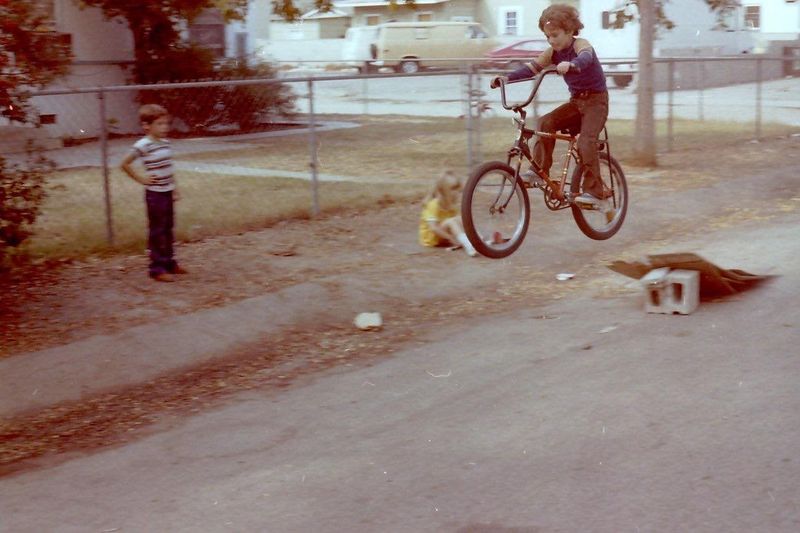
Freedom came with two wheels and zero safety equipment. Neighborhood kids zoomed down streets until streetlights signaled time to head home – the universal curfew that parents somehow collectively established.
Banana seats, handlebar streamers, and playing cards in spokes transformed ordinary bicycles into personalized dream machines.
4. The Vietnam War on TV
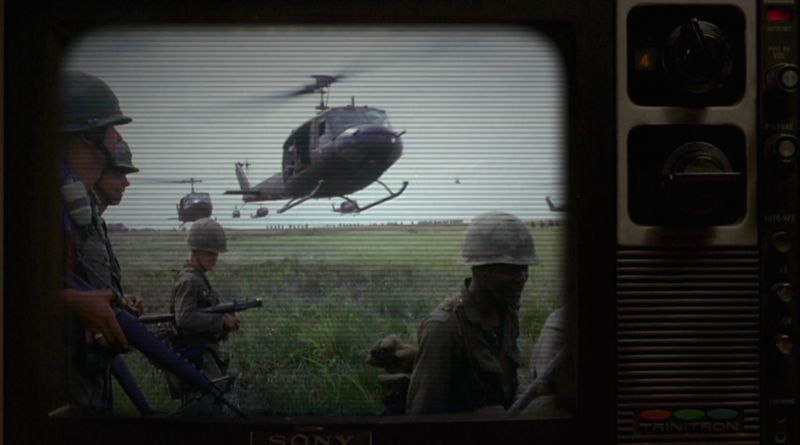
Evening news broadcasts brought war directly into American living rooms for the first time. Families gathered around television sets watching Walter Cronkite deliver sobering casualty counts while eating TV dinners.
Children processed complex emotions as they witnessed protests, body bags, and heated family discussions about draft numbers.
The conflict created a uniquely American childhood experience – growing up with constant awareness of a controversial war playing out in real-time media coverage.
5. Rock ‘n’ Roll Revolution
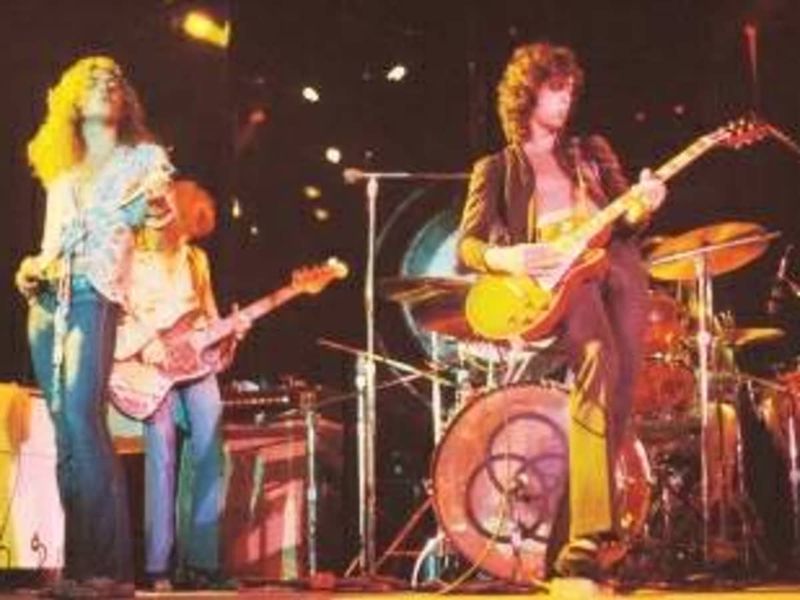
Music transformed from entertainment into cultural revolution right in American bedrooms. Teenagers cranked their record players while parents banged on doors, demanding volume reduction and questioning lyrical content.
Beatles albums, Woodstock coverage, and AM radio created shared soundtracks for an entire generation.
Young music fans debated band merits, saved allowances for albums, and practiced air guitar moves in bedroom mirrors.
6. Drive-In Movie Theaters

Family entertainment meant piling into station wagons with pillows, blankets, and homemade popcorn. Car speakers hooked onto partially rolled-down windows while pajama-clad kids sprawled across backseats, fighting sleep to catch double features.
Teenagers discovered drive-ins offered perfect date venues – private conversations with minimal parental supervision.
The massive outdoor screens created communal yet intimate viewing experiences unique to American culture, complete with intermission cartoons urging visits to concession stands.
7. The Sears Christmas Catalog

Holiday wishes materialized in glossy catalog form each autumn. Children claimed this coveted wishbook immediately upon arrival, dog-earing pages and circling desired toys with desperate enthusiasm. Flipping through those magical pages became a national childhood ritual.
The shared experience of daydreaming over identical toys created playground conversations across America.
Parents nationwide used the catalog as both bribery tool and behavior barometer during the countdown to Christmas morning.
8. School Duck-and-Cover Drills
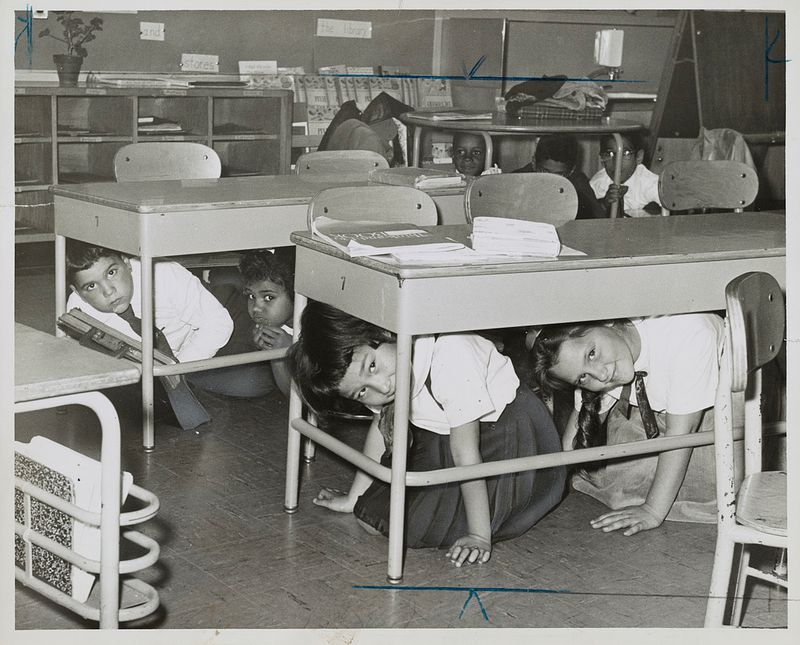
Cold War tensions translated into bizarre classroom exercises across America. Students practiced hiding under wooden desks at teacher commands, somehow believing furniture would shield them from nuclear devastation.
Civil defense films with cheerful turtles named Bert taught children to “duck and cover” when atomic flashes appeared.
This uniquely American childhood experience normalized apocalyptic fears while creating strange memories of crouching beneath desks during ordinary school days.
9. The Brady Bunch Ideal Family

Television presented impossibly perfect blended families that somehow resolved all conflicts within 30 minutes. Kids nationwide measured their own chaotic households against the Brady standard, wondering why their siblings never broke into spontaneous harmony.
The iconic show presented an idealized version of American family life that became cultural shorthand. Despite obvious fiction, the Brady influence shaped expectations about family dynamics, sibling relationships, and how problems should resolve – preferably before the closing credits.
10. Gas Station Attendants
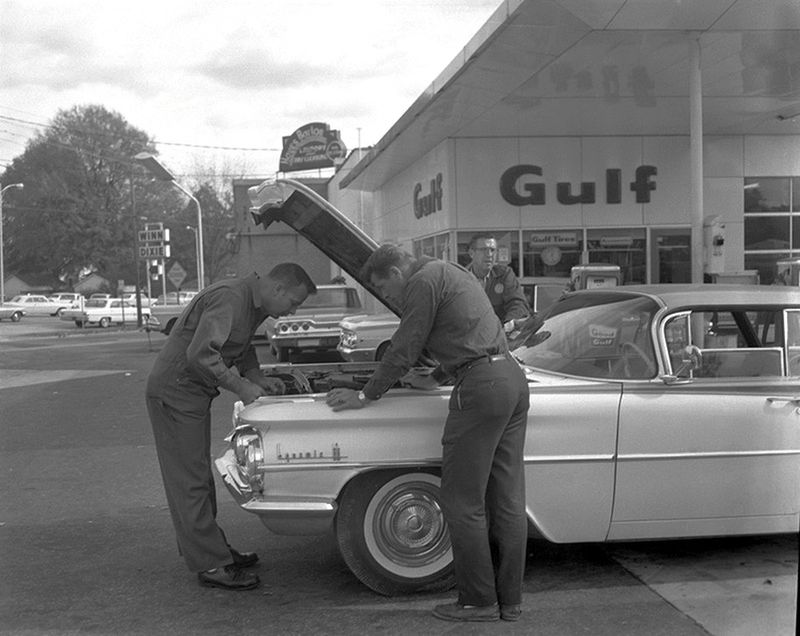
Full-service gas stations meant never leaving your car for fuel. Uniformed attendants rushed to windows asking “Fill ‘er up?” before cleaning windshields and checking oil levels while parents remained comfortably seated.
Kids watched these mysterious car rituals from backseats, fascinated by the exchange of money for services. The distinct smell of gasoline, oil, and service station candy created sensory memories unique to American childhoods of this era.
11. Playing Outside Until Dark
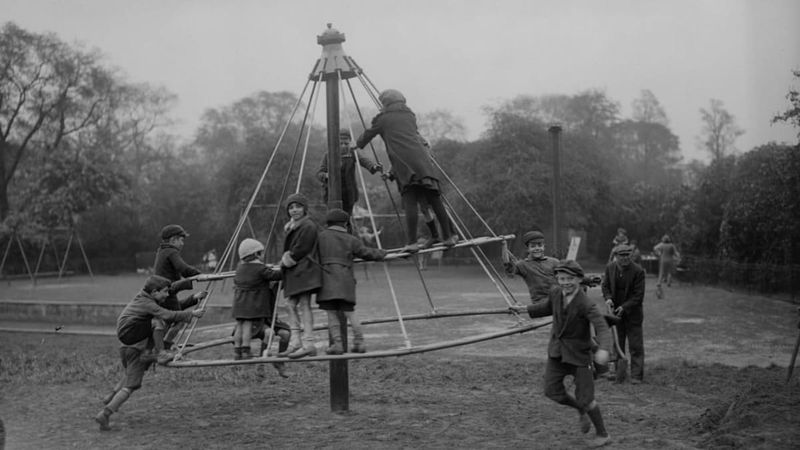
Neighborhoods transformed into autonomous kid kingdoms each summer. Parents issued just one rule: “Be home when the streetlights come on” – a universal American childhood curfew that somehow worked without smartphones or tracking devices.
Children organized their own games, resolved disputes without adult intervention, and roamed freely between yards.
The sound of screen doors slamming and mothers calling names at dusk created the soundtrack of American childhood independence.
12. TV Dinner Trays

Aluminum compartments separated mysterious meat, unnaturally bright vegetables, and questionable desserts into convenient packages. Families balanced these metal trays on laps while watching evening television – a revolutionary concept that forever changed American dining.
Kids negotiated trades – applesauce for brownie, corn for extra mashed potatoes. The ritual of removing foil, waiting impatiently through cooking time, and discovering which sections remained frozen created shared experiences across American households.
13. Watergate Scandal Confusion
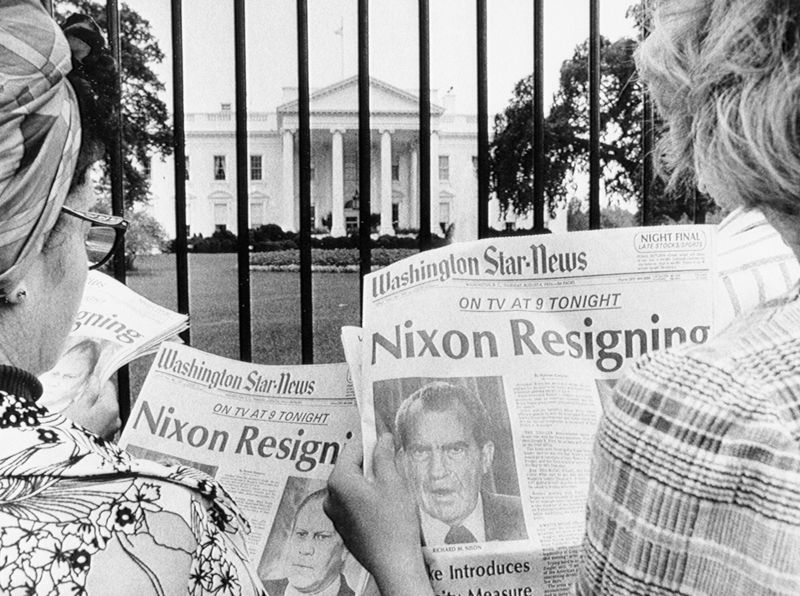
Political intrigue dominated adult conversations while kids struggled to understand why everyone talked about gates and water. Regular programming interruptions for hearings puzzled children nationwide who just wanted their cartoons back.
Parents attempted simplified explanations about presidents and lying, creating a generation that grew up unusually aware of political scandal.
American children absorbed complex concepts of government corruption through cultural osmosis, learning early that adults in power sometimes broke rules just like kids did.
14. Lawn Darts and Dangerous Toys
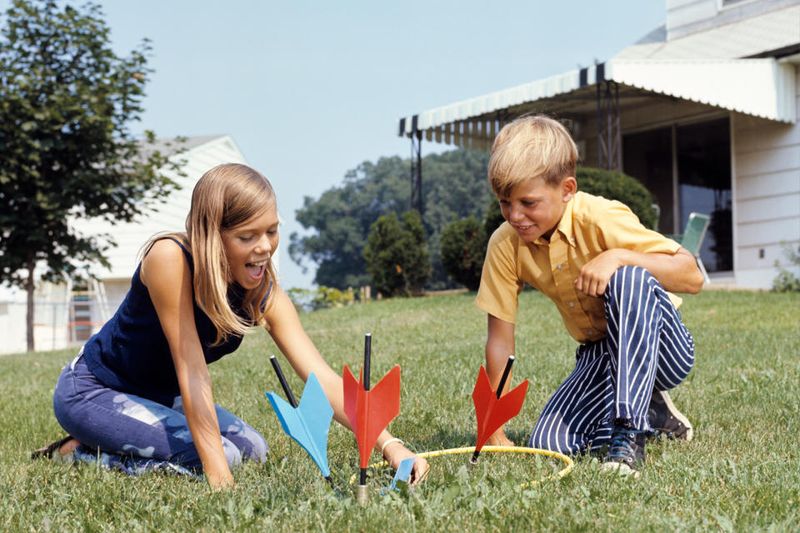
Before safety regulations, playtime often resembled survival training. Heavy metal projectiles were marketed as family fun despite their javelin-like potential for impalement.
Chemistry sets contained actual chemicals, Easy-Bake Ovens reached scalding temperatures, and Clackers threatened facial injuries with every use.
Parents casually handed children these hazardous playthings without concern, creating a generation that learned risk assessment through practical application rather than warning labels.
15. Cigarette Smoking Everywhere
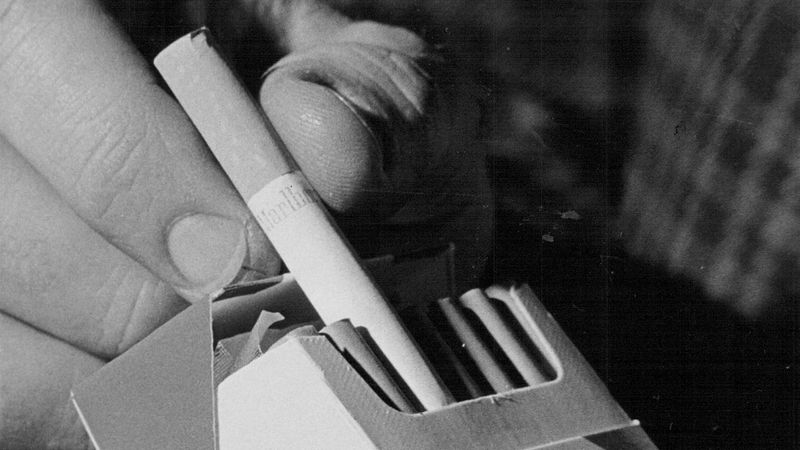
Tobacco smoke created the background haze of American childhood. Adults puffed freely in restaurants, airplanes, offices, and family cars with windows barely cracked despite children’s protests.
Candy cigarettes allowed kids to mimic adults, practicing smoke-blowing techniques with powdered sugar puffs.
Ashtrays appeared in every room of most houses, and children became skilled at recognizing when adults needed lighters or fresh packs – often being sent to retrieve them.
16. The First Video Game Revolution
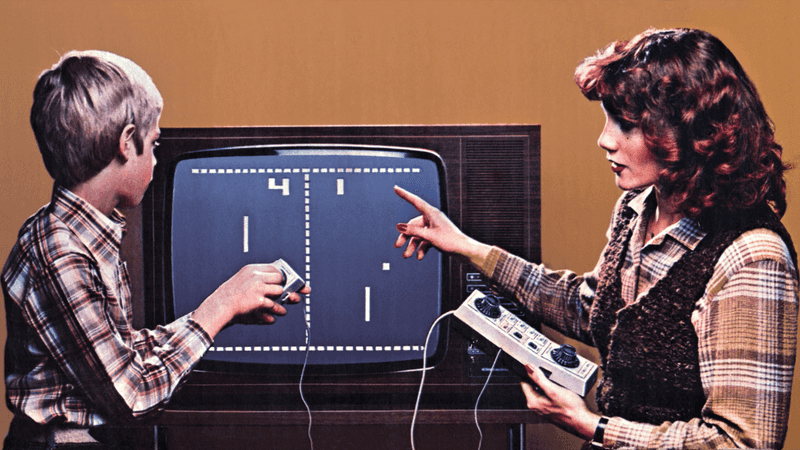
Pong’s simple bouncing dot transformed American entertainment forever. Children begged parents for quarters at arcades or pleaded for home systems that connected to television sets, promising this wasn’t just another passing fad.
Families gathered around screens to compete in pixelated tennis matches, establishing video gaming as a legitimate activity.
The distinctive electronic beeps and boops created soundtracks for a new American childhood experience that would eventually evolve into today’s sophisticated gaming culture.
